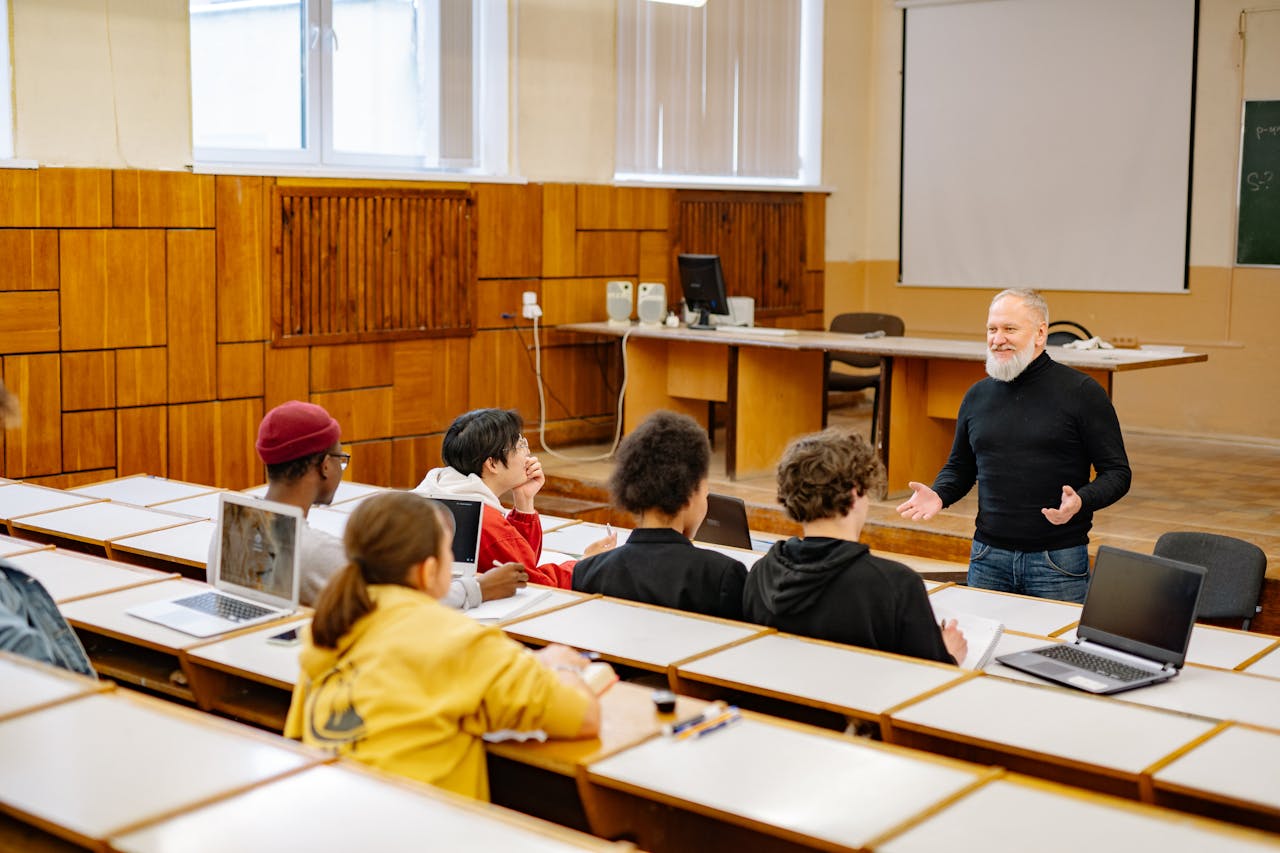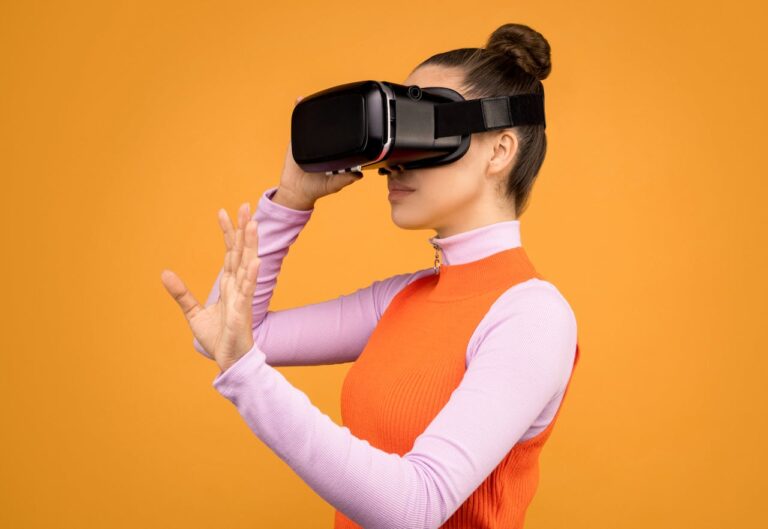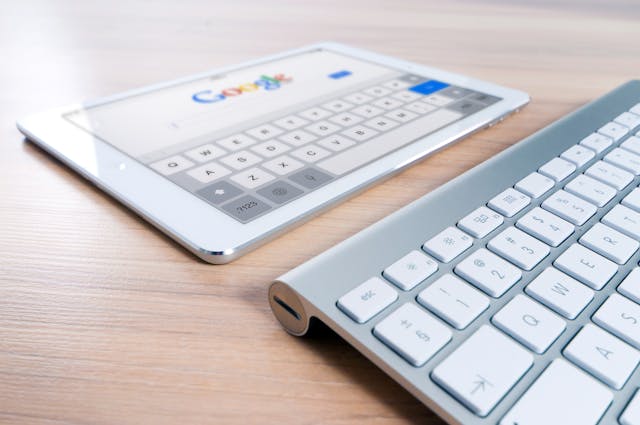Write Us: hello@ali5.org
How Tech Giants Are Transforming Education. And Why It’s Not Always a Good Thing
Big tech is reshaping how we learn, but not without consequences. Explore how companies like Google and Microsoft are influencing modern education, for better or worse.

Schools have changed a lot over the past ten years. Tablets have replaced textbooks, smartboards have replaced chalkboards, and teachers increasingly use AI to help them teach. Technology is now the main part of modern education. This includes Google Classroom, Microsoft Teams, and AI-powered coaching tools.
As digital firms get greater power in schools and other places, we need to question ourselves: Is this good for education, or are we giving Silicon Valley too much power?
Let’s look more closely at how the biggest digital corporations in the world are transforming education and the costs that come with it.
How Technology Is Growing in Schools
Digital learning isn’t a new idea, but it truly took off after the COVID-19 pandemic. When schools closed, the only way to learn was through technology. Google Classroom, Microsoft Teams, and Zoom all became virtual schools overnight.
Technology’s role didn’t go away when the world opened up again; it got stronger. Learning now includes both face-to-face and online resources, as well as AI-powered solutions.
You can’t dispute how simple it is. Students can view lectures from all over the world, work together in real time, and access millions of resources with just one click. Teachers may automatically mark papers, keep track of how well pupils are doing, and converse with one another more clearly.
But beyond this simplicity of use is a more complicated fact that makes a lot of people worry about privacy, justice, and even the point of education itself.
How Big Tech Companies Are Changing the Way We Learn
Let’s look at the primary ways that companies like Google, Microsoft, Apple, and Meta are changing the way people learn now.
1. Google is now the king of the classroom.
Google is the best company for educational technologies. The Chromebook and Google Workspace for Education are two instances of how its ecosystem has become the most popular platform for schools all over the world. Students use Google Docs to accomplish their schoolwork, Gmail to talk to each other, and Google Meet to have courses online.
This makes it easy and convenient to learn, but it also means that people will need it for a long time. Many schools now rely almost entirely on Google’s infrastructure, and they sometimes don’t even know how much student data is being collected and kept.
2. Microsoft—Digital Learning for Employees
Microsoft’s main goal has been to connect education with being ready for work. It sees itself as the link between schools and future jobs through Microsoft Teams, Office 365 Education, and LinkedIn Learning.
That sounds freeing, but it also means that students will have to use Microsoft products for the rest of their lives. Microsoft teaches kids how to use software so that they will become paying customers in the future.
3. Apple: Learning is Fun
Apple is distinct from other companies because it places design, new ideas, and great experiences at the top of its list of priorities. Schools use iPads to help students learn by doing things, and platforms like Apple Education help kids be creative by letting them code and make movies.
But Apple’s ecosystem is expensive, so only rich schools or families may use it. Instead of closing the digital divide, it often makes it bigger.
4. Meta (Facebook) and virtual reality for learning
Meta, which used to be called Facebook, has spent a lot of money on using virtual and augmented reality in schools. It wants to leverage technologies like Meta Quest and immersive learning simulations to make classrooms feel like real life. You could, for example, walk around ancient Rome or cut up a 3D replica of the body.
Because VR learning is expensive and demands special hardware, most people still can’t afford it. Some people are worried that this kind of technology will never be completely safe for youngsters to use because Meta has had problems with data protection in the past.
5. AI and platforms for individualized learning
AI is going to be the next big thing in classrooms. Khan Academy’s Khanmigo and ChatGPT are two examples of platforms that are changing the way students learn by giving them individualized help with writing, tutoring, and feedback.
AI makes it possible for lessons to go at the right speed for each student, which has been hard for traditional schools to do for a long time. But even though this sounds nice, the rise of AI could make it such that people don’t have to talk to each other while they learn, which is important for emotional and social growth.
The Bright Side: How Technology in Schools Could Change Everything
We need to be honest and say that technology has made a lot of areas of school more open and helpful. Some things are definitely good:
1. Easy to get to
Students who live far away or have problems can now get a good education online. Thanks to recorded lectures, subtitles, and AI-powered tools, learning has never been easier.
2. The ability to change
With technology, you can learn at your own pace. A student who is having problems with a topic can’t keep going over a course in a live classroom.
3. Being involved and working together
It’s more exciting to learn when you use interactive tools, play games in class, and work together in real time. Students who used to be shy in class now chat to and interact with each other online.
4. Reach around the world
People can now learn outside of school thanks to the internet. Twenty years ago, a student in Pakistan could not have learned from Harvard teachers or worked on projects with peers from Japan.
These benefits illustrate that technology can make learning smarter, faster, and fairer when it is used in a moral and logical way.
The Dark Side: Not Always a Good Thing
Even though the progress is good, the fact that tech corporations are getting involved in education also hides problems that people don’t often notice.
1. Concerns regarding the privacy of data
You leave a digital trail every time you click, log in, or finish an assignment. Businesses that develop technology collect a lot of information on kids. They use this for “educational analytics,” but they might also use it for advertising or profiling later.
This raises ethical questions: is it right for firms to be able to watch how youngsters behave, learn, and who they are?
2. Putting too much faith in technology
Not only do students use technology to learn, but they also use it to think. AI technologies and search engines can make you less creative and less able to think critically over time.
Learning used to be about being curious and exploring. It could now become a passive process of accepting pre-made solutions.
3. The Technology Gap
Not all students have the same level of access to technology. Some schools can afford iPads and smartboards, but others have problems with poor internet or aging computers.
Technology was supposed to solve this issue, but the fact that not everyone has equal access makes it hard for some people to get an education.
4. Making education a business
When internet corporations come to schools, education changes from being a public good to a tool to generate money. Schools become businesses, and students turn into customers.
This commercialization could put making money ahead of real learning.
5. No longer chatting to people
It’s not just about getting information; learning is also about having role models, being kind, and becoming a better person. AI will never be able to replace how nice it is to have a teacher help you or how creative it is to discuss things in class.
The Next Step: Getting Things in Order
We don’t need to get rid of technology; we just need to use it in a new way. People who make decisions regarding schools and instructors need to make sure that technology helps education, not the other way around.
This is how we can find the proper amount:
What do “gathering data” and “privacy” mean?
- Teach instructors how to use technology as a tool instead of replacing it.
- Encourage students to be digitally literate so they may learn to think critically instead of just clicking quickly.
- To promote hybrid learning, make sure that your child spends as much time on screens as they do exploring and being creative in the real world.
- Make sure that all of your pupils have the same access to materials so that no one falls behind.
- People need to stay in charge of technology to make education better.
Final Thoughts
Learning is simpler now that we have technology, but we need to be careful not to lose our humanity along the way.
Yes, major digital companies have made it easier, faster, and smarter to learn. But learning isn’t only about getting things done; it’s also about understanding things, being interested, and building connections with other people.
Even if we use digital classrooms and AI teachers, the essence of learning has always been people. Instead of getting rid of teachers or traditional classrooms, the goal should be to give them more power. Technology should improve education, not change it in a bad way.







